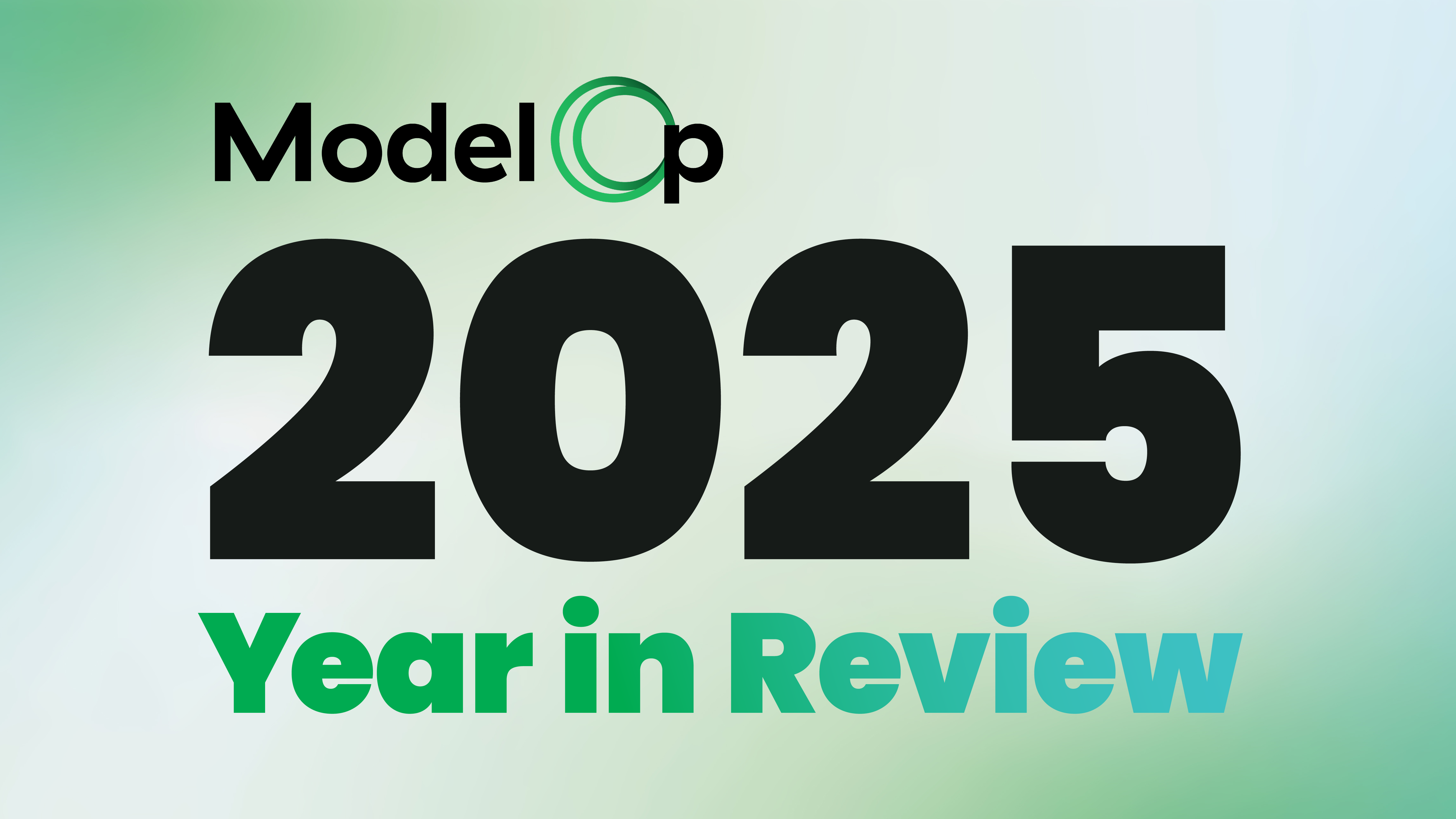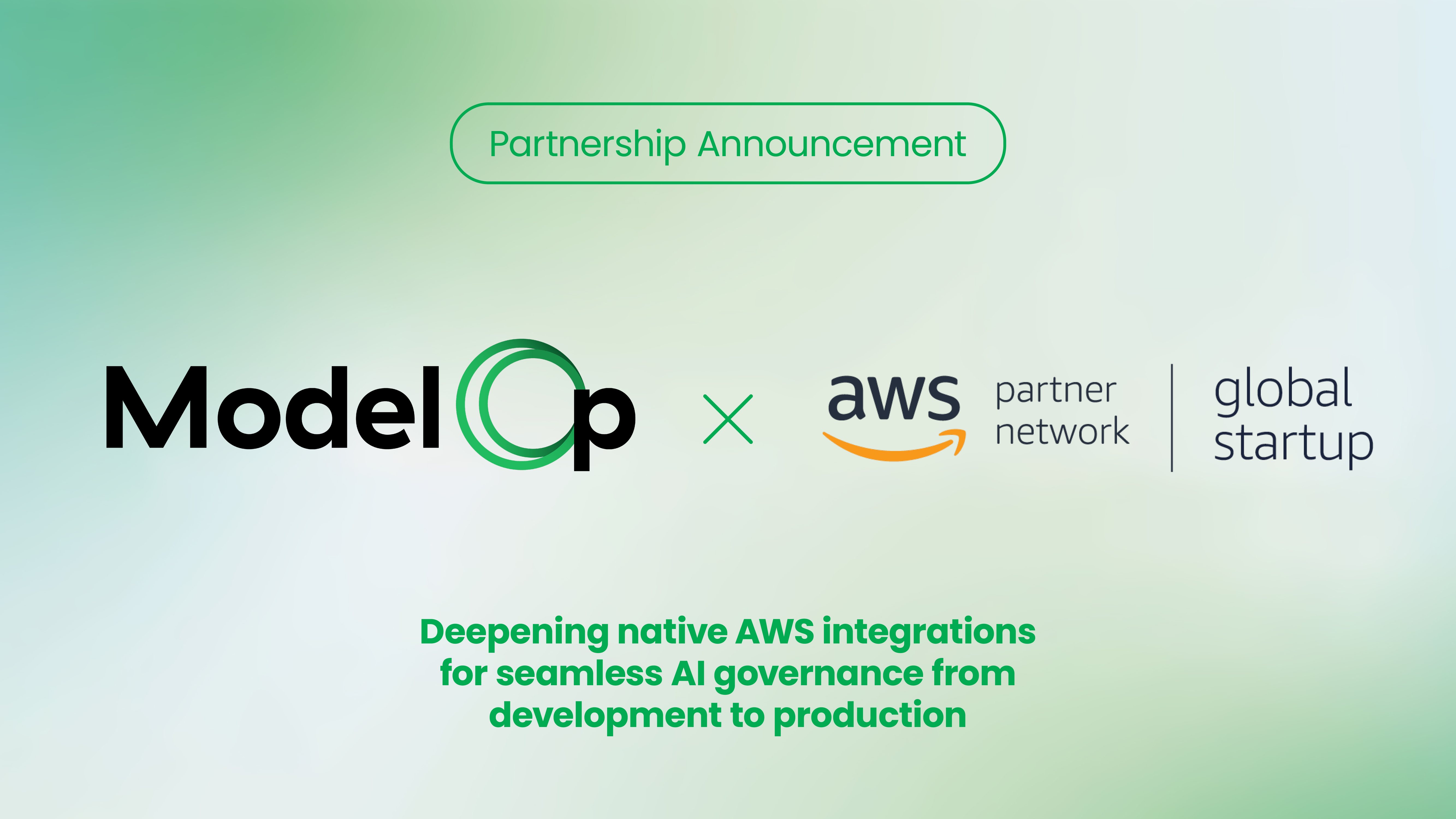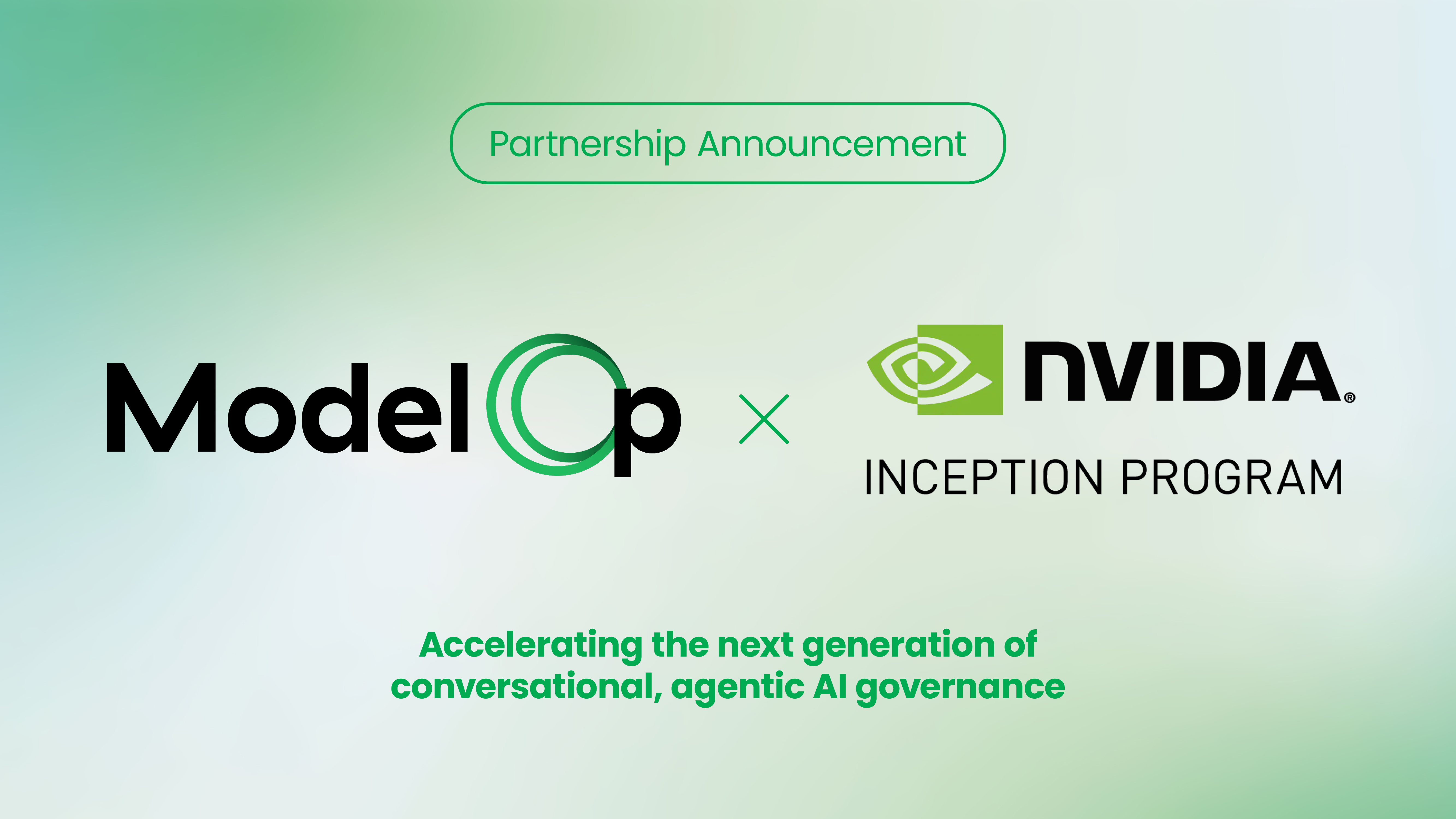%20(1).webp)
It depends on how people use them with clear goals, careful thinking, and a strong sense of purpose. Many companies are now asking how to use AI in ways that help, not harm, their teams and customers.
Skip McCormick knows this challenge well. He is the founder and CTO of Angularis AI, which helps businesses use AI responsibly. He brings over 20 years of experience in high-pressure roles. After graduating from the U.S. Naval Academy, Skip served as a surface warfare officer.
Following 9/11, he joined the CIA and worked on data science systems to fight terrorism. Later, in the financial world, he led AI governance at BNY Mellon. Today, he helps large firms manage AI with safety, speed, and trust.
In this article, we’ll look at lessons from Skip’s journey. You’ll learn how good planning, smart use of tools, and clear thinking can guide a strong career. We’ll also explore building trust in AI, managing change, and leading teams in the right direction using AI and technology in practical, meaningful ways.
How AI and Technology Shaped Skip McCormick’s Career
Some careers begin with a goal and grow through steady effort. For Skip McCormick, that goal started at age 12. He heard his dad praise a student going to a military academy.
That moment sparked something. He looked up the U.S. Naval Academy, asked for an application, and found a path forward.

Early Planning with a Purpose
Skip didn’t wait for high school to start planning. He:
- Learned what the Academy looked for
- Focused on student roles, sports, and grades
- Avoided anything that could disqualify him
Sharing his goal helped. Friends looked out for him. Even at parties, they reminded others, “He can’t. He’s going to the Naval Academy.”
Military Experience Leading to AI and Technology
Skip made it to Annapolis and became a surface warfare officer. He served on a supply ship and gained real experience. Later, he got a rare chance to write software for information security. That work matched his interest in computers and helped guide his next steps.
A Shift from English to Computers
He started as an English major. But after enjoying programming, he asked to take a computer science course. A professor noticed his strong logic and asked him to help with research. That led to switching majors. His writing background later helped him in tech, especially with AI involving language.
Learning with People, Then and Now
Back then, students learned by helping each other fix programs. Today, tools like Grok or ChatGPT offer a starting point. But real creativity still comes from people. Skip’s story shows that clear goals, shared support, and small shifts at the right time can shape a strong, lasting career.
How AI and Technology Help People Work Smarter and Solve Problems
Using the right tool can make a hard task easier. But tools alone don’t solve everything. The way people use them matters most.
Whether learning music, writing code, or managing projects, tools give a good start. Real progress comes when people use those tools to understand, adjust, and improve.

Tools Support Skill, Not Replace It
Some tools show basic patterns. Others help organize thoughts or fix small issues.
- Music software can teach rhythm and structure.
- Word processors make writing clearer and faster to edit.
- AI tools help create outlines and first drafts.
These tools are helpful, but they don’t think. People still need to ask questions, test ideas, and make changes.
Using AI and Technology to Solve Problems
When used well, tech saves time and cuts stress. Even simple tools like templates or shared files help keep things clear. The key is to spot how a tool can help, then build a habit around it. This works in any role, whether tracking tasks, writing reports, or fixing code.
Lead by Guiding, Not Controlling
Good leaders don’t tell people exactly what to do. They:
- Set the goal
- Share the tools
- Stay available for help
- Let others find the best way
Some need clear steps. Others need space. A smart leader can see the difference and adjust as needed.
Fix Patterns That Don’t Work
Sometimes people keep repeating the same mistakes. Spotting these is the first step. The next step is more important: finding a better way that works. This idea applies across jobs, not just in software. Real progress begins when you fix a bad habit with a better process.
Why Transparency and Dynamic Metadata Matter in AI and Technology
AI must do more than work well in fields like finance, intelligence, and healthcare. It must explain its choices and keep track of every change. A wrong answer can cause serious problems. That is why being clear and traceable is so important.

Keep the Raw Data Intact
Do not change the original data. Mistakes in data can show important patterns. These patterns may reveal fraud or risk. Instead of fixing data early, keep it as it came in. Add notes or corrections separately.
Always record who made changes, when, and why. This method, called dynamic metadata, helps teams explain results clearly while keeping the original facts safe.
Balancing Speed and Accuracy in AI and Technology
Moving fast can cause errors, but waiting too long slows progress. In critical areas, teams must mark uncertainty. They should note guesses but never replace facts.
They need to measure more than just accuracy. Fairness, confidence, and explainability matter too. Logging every step helps keep decisions clear, even with messy data.
What Ethical AI Should Always Do
- Measure fairness, not just performance. See how the system treats all users, not only if it works well.
- Allow auditing of model decisions. Let people check and understand how the AI makes choices.
- Ensure customers understand agreements. Give clear info so people know what they agree to.
- Flag choices are not in the user’s best interest. Warn users when an option may harm them, even if it helps the business.
True trust in AI begins when it explains itself clearly and fairly for everyone’s good.
Driving Innovation in AI and Technology Organizations
Bringing new ideas into a big, old company can be tough. These companies have systems set for years, and people often resist change. You need patience and a smart plan that mixes creativity with care to make a difference.

Separate Innovation from Optimization
Companies want to be both efficient and creative. But these goals don’t fit the same process. Efficiency means doing things faster and cheaper. Innovation means trying new things and learning from mistakes. Trying to do both in one place can lead to poor results.
A better way is to have two separate teams. One focuses on innovation with the freedom to experiment. The other works on optimizing daily work. When new ideas prove useful, bring them into the main business. This keeps operations smooth while allowing fresh thinking to grow.
Earn Trust Before Driving Change
Before you suggest big changes, show you understand how things work now. Support current goals and build trust first. Then find real problems and offer clear solutions. Deliver a few small wins to prove your ideas work.
Once people trust you, they’ll listen more.
- Spot real challenges the team faces
- Share simple, thoughtful fixes
- Show results through quick wins
This approach opens doors to more change.
Work With Auditors, Not Against Them
In heavily regulated fields like banking, you must earn auditors’ trust. Don’t hide problems. Be open about risks and how you manage them. Explain why you take certain steps. When auditors see you share their goals, they give you more freedom.
Leading with Purpose in AI and Technology
Progress comes from care and clear communication, not force. Good innovation helps, not disrupts. When leaders respect their teams, even slow-moving groups can start to change and improve.
Conclusion
AI and technology can help people grow, solve problems, and lead better. But tools alone are not enough. People must still think, ask questions, and adjust when needed.
We saw this in Skip McCormick’s story. He stayed open to change, used the right tools, and built strong habits. That mix of skill and care shaped his path.
In work and learning, it’s the same. Tools like AI can save time and make tasks easier. However, real value comes when people use them with a purpose. Clear goals, honest feedback, and small improvements can bring big results.
Good leaders play a key part. They share tools, offer help, and give space for others to find their way. This builds trust and brings out better ideas.
Also, in areas like finance or health, we must stay careful. AI must show how it works, where the data came from, and who made changes. This keeps decisions fair and easy to check.
Ultimately, AI and technology should support people, not replace them. When used with care, they help teams do more, learn faster, and build stronger systems that last.
FAQs
1. How should executives evaluate the ROI of AI tools?
Focus on outcomes beyond cost savings. Track gains in efficiency, decision accuracy, and risk reduction across core business functions.
2. What are the top risks of adopting AI at scale?
Key risks include data bias, compliance gaps, lack of transparency, and poor alignment with business goals. Each must be addressed early in deployment.
3. How can AI support strategic decision-making at the executive level?
AI can highlight trends, identify risks, and forecast outcomes. However, final decisions still require human judgment and contextual awareness.
4. What governance structures help manage AI responsibly?
Set up cross-functional AI governance teams. Define standards for transparency, auditability, and ethical use across departments.
5. How can we build trust in AI systems across the company?
Start with pilot programs. Involve key stakeholders. Communicate how decisions are made, and ensure human oversight is part of every implementation.



